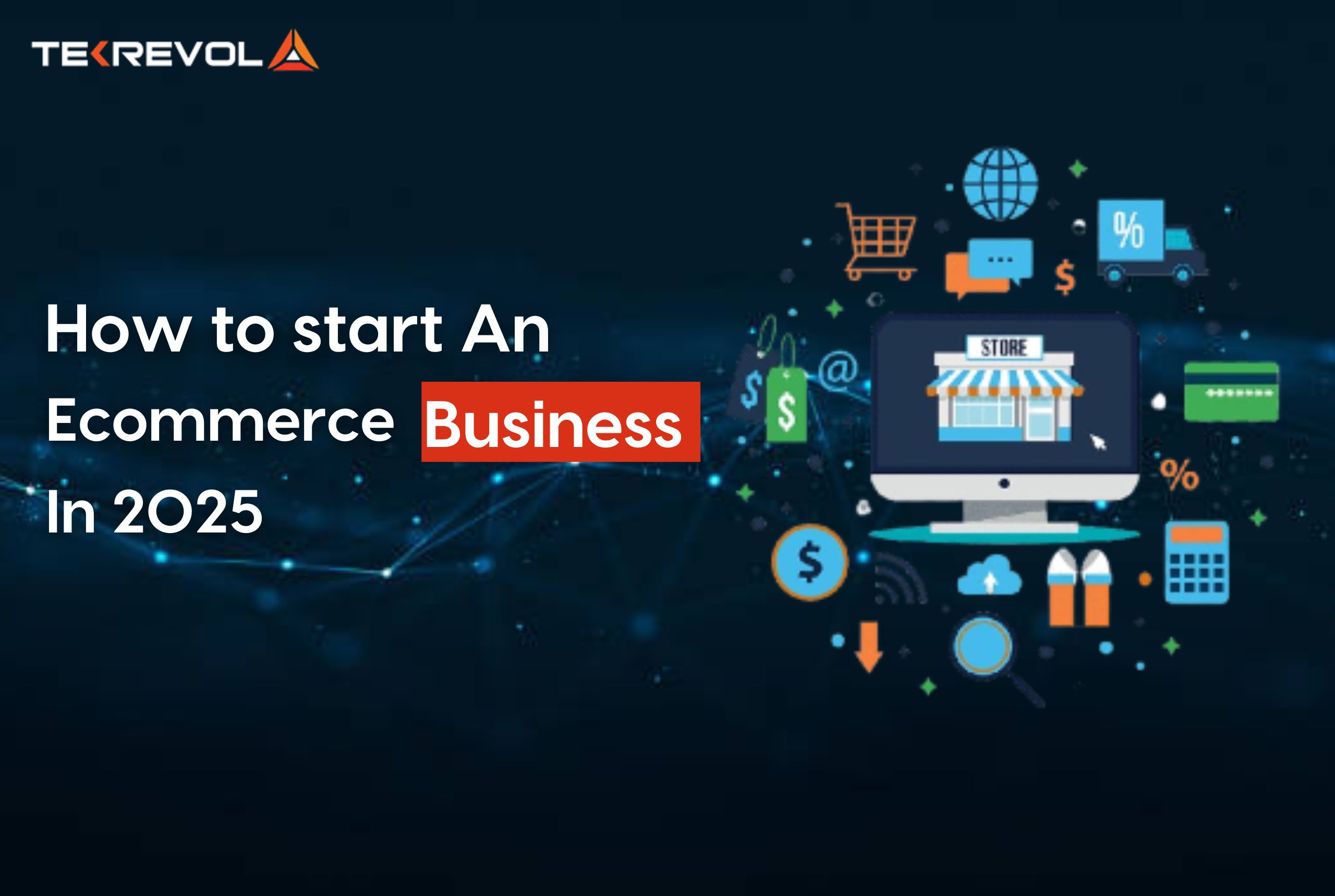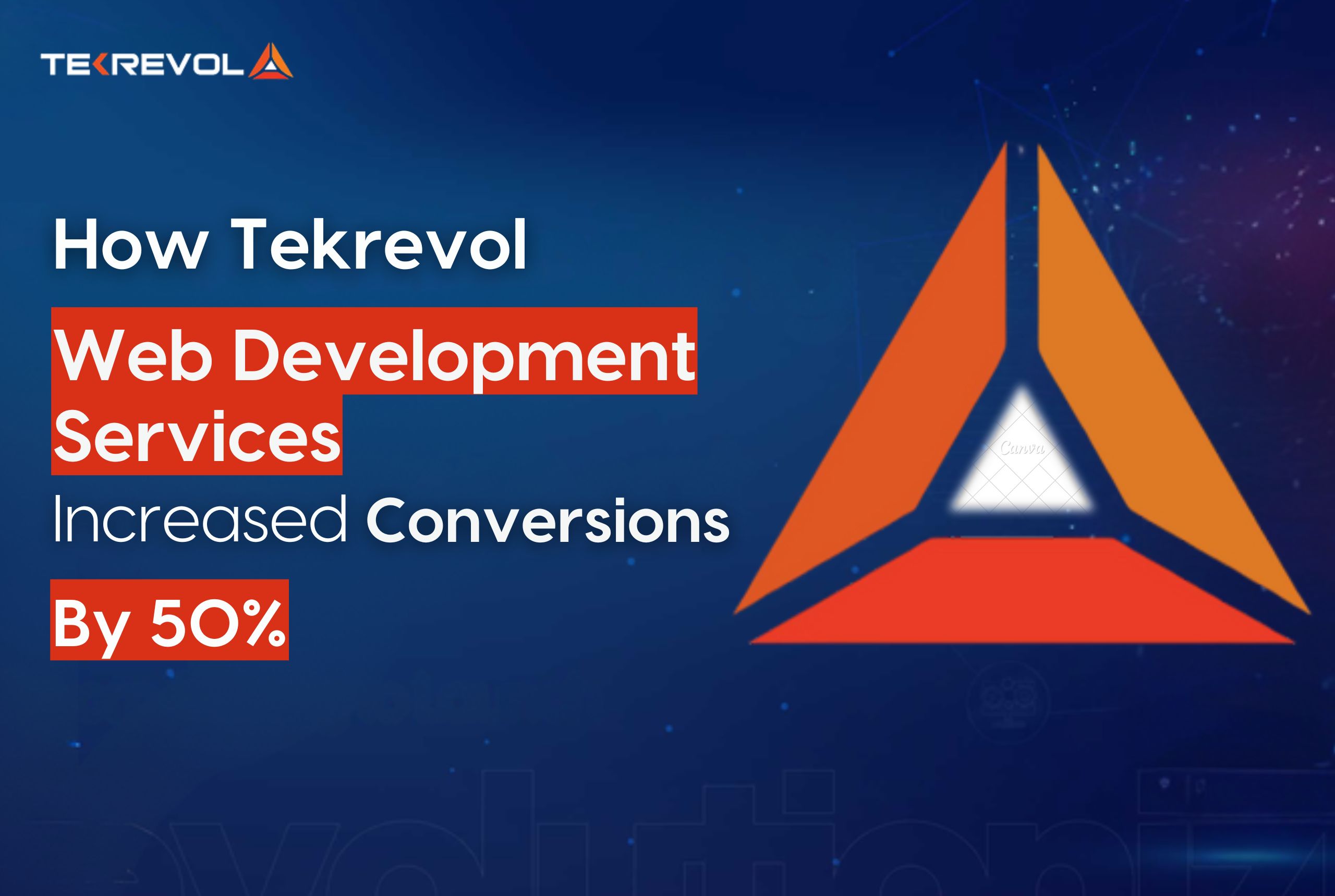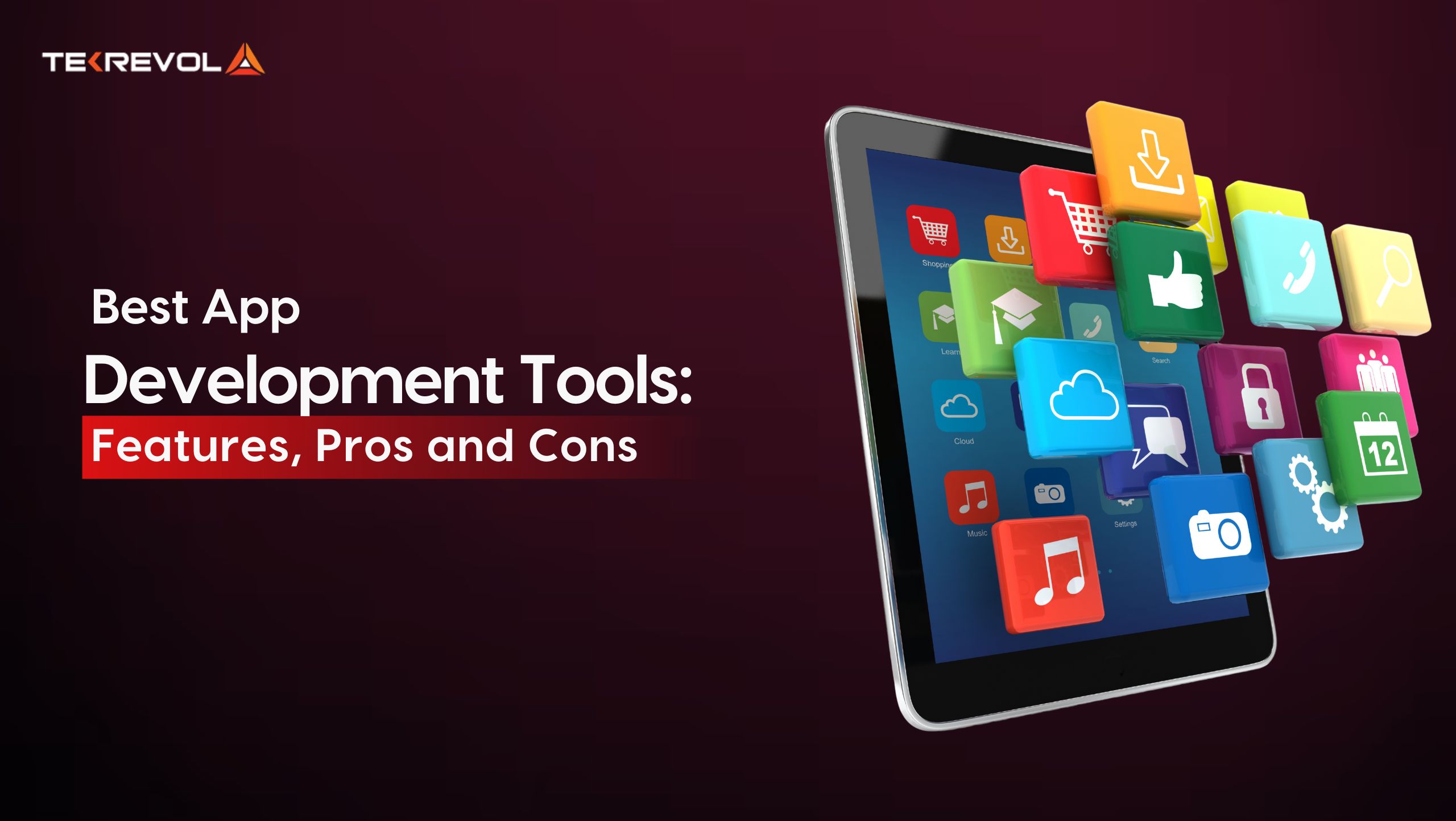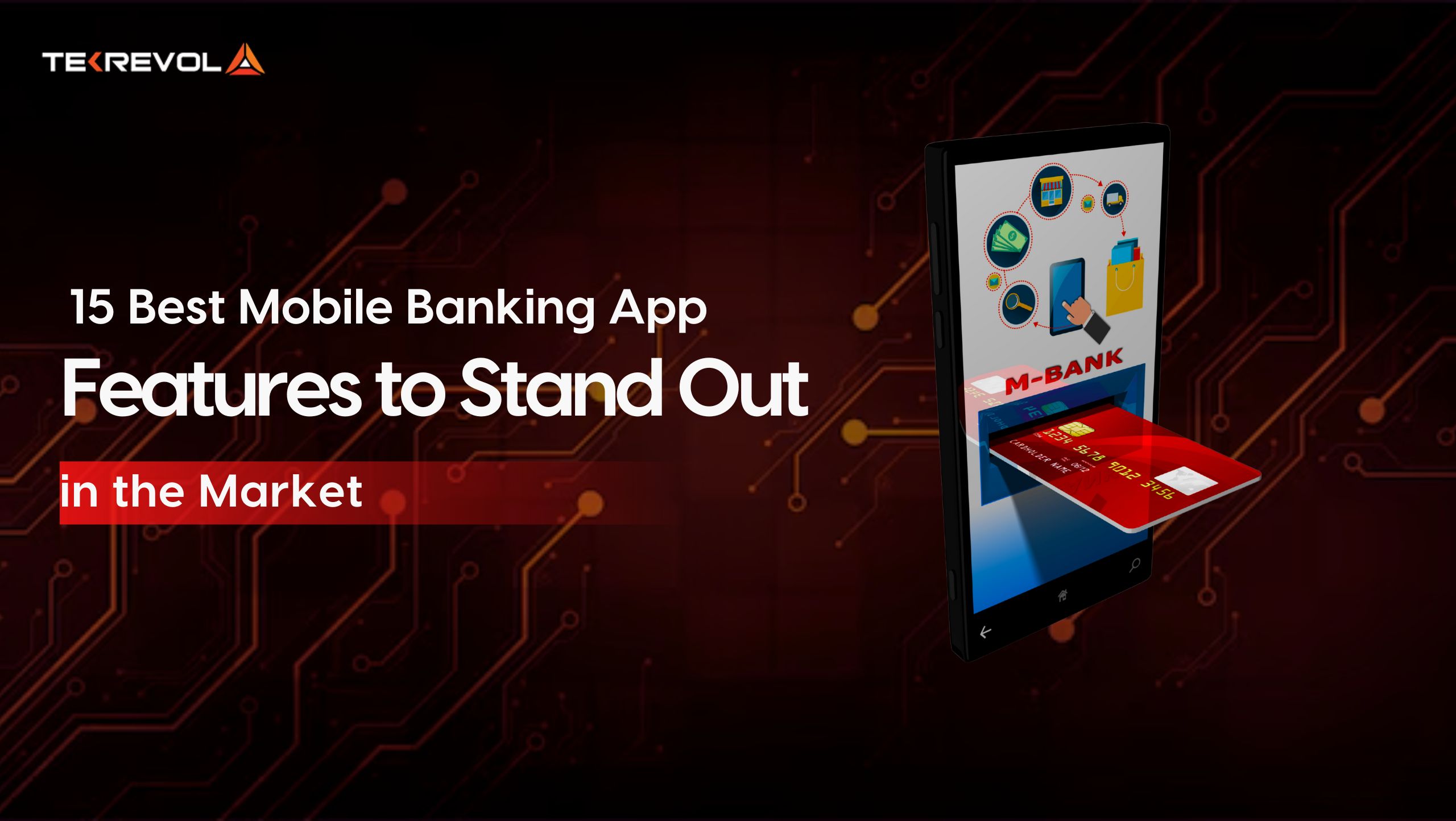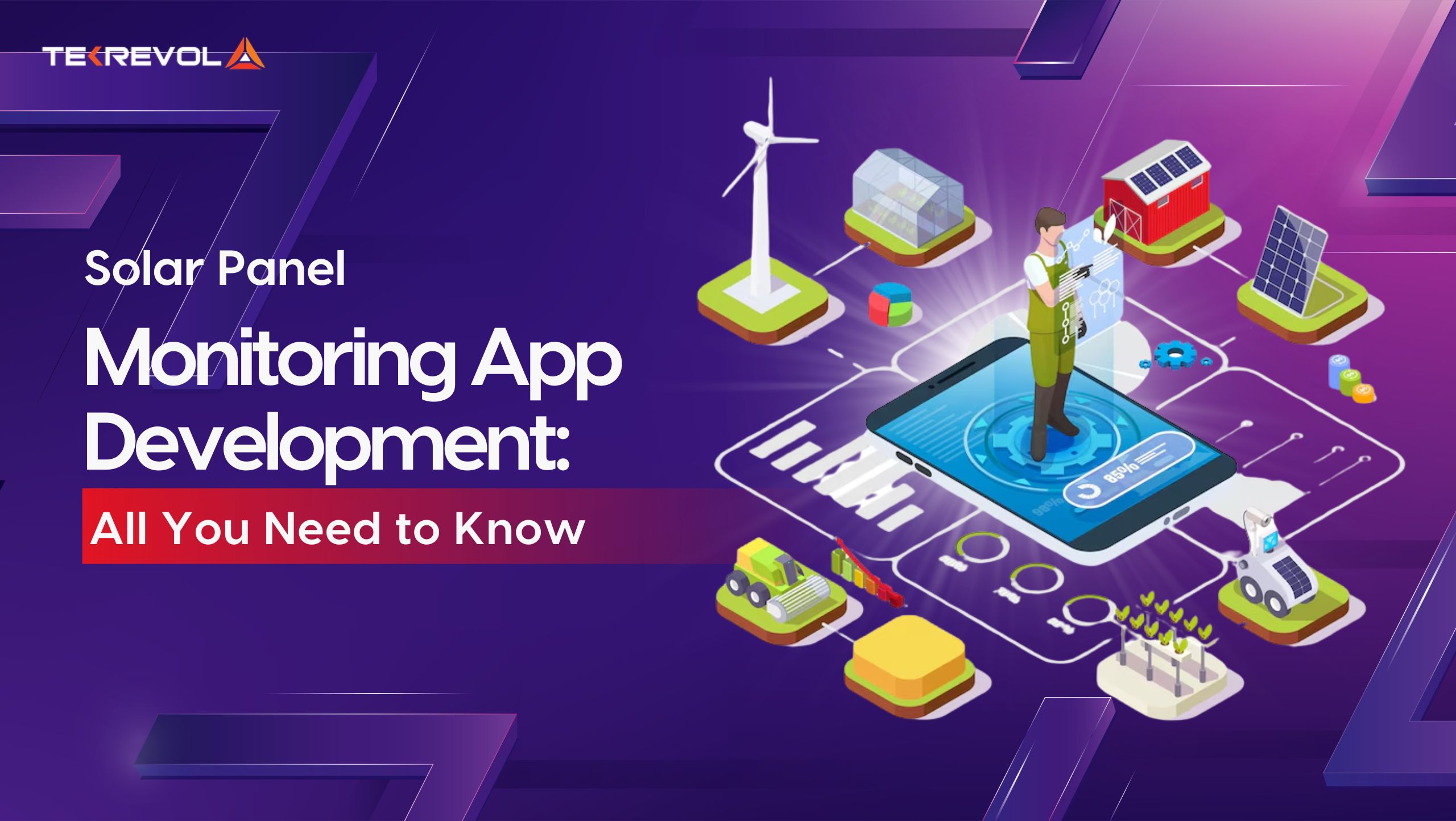In 2025, where each click battles for attention and every transaction is a sign of trust, the question isn’t about whether you can start an e-commerce business but how you’ll build one that flourishes amidst the noise.
Global eCommerce sales are estimated to reach $6.9 trillion by the end of 2025 and are projected to hit $8.09 trillion by 2028. The rapid growth of the market creates numerous opportunities for businesses yet makes competition extreme. Because 74% of customers now expect personalized shopping experiences — something that was almost unheard of just a few years ago.
There’s no better time than now to create your digital business presence and make it thrive. The vast opportunities do not guarantee that the journey to success will remain easy at all times. Ecommerce companies pursuing success in 2025 must demonstrate flexibility as well as creativity together with deep skills in current technology advancements.
To navigate these challenges effectively and stay ahead of the competition, it’s crucial to partner with a reputable e-commerce app development company.
In this blog, we’ll break down the essential steps to kick-start your ecommerce journey, share industry insights, and provide actionable tips to help you not just survive but thrive in this rapidly evolving marketplace.
What is An Ecommerce Business?
Any business that operates through digital sales platforms qualifies as an ecommerce business. Customers no longer need to go to physical stores since they can use applications and websites to shop and pay securely for their selected items.
Businesses in this category vary in size, from independent sellers offering unique goods to major networks like Amazon that connect global buyers and sellers. The flexibility to break through physical boundaries when reaching clients anytime and anywhere provides ecommerce with its unprecedented power.
How to Start an Ecommerce Business in 5 Easy Steps
E-commerce is growing at an incredible rate, and the process of starting an online business is still simple. The fuss surrounding e-commerce necessitates a systematic war against competitors by business owners who adopt intelligent plans along with innovative ways. The following steps will guide you on how to start an anecommerce store for businesses.
Step 1: Research and Validate Your Business Idea
Before starting a business venture, you should validate your idea to determine market demand. That product should solve an actual problem or pain point.
Ask yourself first: What problem or challenge is your product meant to address? Successful products are those that respond to real needs.
Key questions that you must resolve:
- What are some common problems people go through within the industry you’re targeting?
- Can these problems be considered serious, or are they minor annoyances?
- How often do they find themselves in that angular problem?
Step 2: Assess Market Trends & Understand Your Audience
Take note of the recent trends revolving around your industry and outside society at large. Sometimes, identifying these emerging trends or diversions in consumer behavior could give one the golden opportunity for aggressively innovating new things. While understanding market trends, one can consider innovations to differentiate from the competition.
Also, who is most likely to benefit from your product? It is critical to identify the correct audience for the product. Some products are usually designed for a particular customer who could already be intending to look for the solution.
Questions to think about:
- Who is most affected by this problem? What are they concerned about? What issues do they have with present solutions?
- What will nudge them toward looking for a new solution? Convenience? Cost? Effectiveness?
Step 3: Improve Existing Products
Research the products already available on the market and see if any operating gaps or aspects of improvement can be found. One of the best ways to innovate is to take an existing product and improve it. Improve perhaps with added features, enhancements in design, or perhaps just simply addressing that customer pain point which competitors have failed to solve.
Things to do:
- Research the product in your niche and read customer reviews.
- Take note of any recurrent complaints or pains that customers face.
- Then, determine whether the problem is feasible within your financial and technological constraints.
For instance, if parents continue to complain about their glassware being breakable, it would be an excellent idea to create an aesthetic and shatterproof alternative. It addresses a significant problem while also providing the safe, family-friendly consumer products that are in demand.
Step 4: Conduct Competitor Research
Competitor research is important since it determines what products are already out there and where the opportunities lie. By looking at the competitor offering, you get to see the gaps in the market, weaknesses of their products, and those features that consumers like or dislike.
What to keep in mind while analyzing:
- Features and advantages of the product: What are competitors offering, and how can your product improve on it?
- Pricing: What price points are used by competitors, and is there room for something at the low end or high end?
- Reviews: What do customers like or dislike? Are there certain re-occurring issues you can solve with your product?
Bonus Tip: Buy some of the competitor’s products for yourself and see if you can discover any strengths or weaknesses.
Step 5: Choose Your E-commerce Business Model
It is important to identify the right kind of e-commerce model that would match your business for success purposes. Here are the four main types:
Business-to-Consumer (B2C): The most common model where businesses sell products directly to consumers, such as shoes, electronics or groceries. Examples are Amazon, Wal-Mart, and Alibaba.
Business-to-business: This is another model where businesses sell goods or services so that they can be utilized by another business. B2B sales are often large and recurring orders. Examples include Amazon Business and Alibaba.
Customer-to-Customer: This type of model deals with the consumers whereby they can buy and sell goods or services to each other. Examples of such C2C platforms are Etsy, Craigslist, and eBay.
Customer-to-business: Individuals sell their products or services to businesses. A common example is Upwork, where freelancers sell their services to organizations.
Step 6: Decide on Your Delivery Method
The mode of delivery determines how consumers receive products. Here are the most popular forms:
Direct-to-Consumer Model (D2C): It allows you to sell your products directly to customers instead of selling them through middlemen.
Dropshipping: This is one of the low-cost selling methods where you sell products without inventory and shipping. You just have to open your storefront while you’ll be working with suppliers who fulfill the orders.
Wholesaling: Buy products in bulk at a discounted rate and sell them to the individual on your-own website. This is an upfront-sale investment model but allows larger margins on each sale.
White Label: Buy generic products from suppliers or simply purchase them in bulk, and then put your logo and name on them.
Private Label: Create unique products that are just for your brand through collaboration with a manufacturer.
Subscription: Give out products on a reoccurring basis, for example, offering monthly delivery of pet food or fresh produce, to develop more loyalty among customers.
Step 7: Drafting the Business Plan
Having all the important foundational concepts in mind, it is now time to write down the strategy in a proper business plan. A business plan is a written document describing your goals and financial forecasts, operational strategy, and marketing plan. This plan helps get organized and is one of the most important instruments for attracting potential investors.
Step 8: Choose a Business Name & Register Your Business
The name of the business and the brand identity are instrumental in market visibility. Select a name that is simple, easy to remember, and implies the business itself. Check for the availability of the name in respect to domain, social handles, and legal trademarks.
When opening businesses for international markets, research the translations of business names to avoid a negative impact on different language-speaking audiences.
When you decide on a name, determine your business’s legal structure, either LLC, corporation, or sole proprietorship, to establish your business legally. Legal advice is essential to find because each business choice has unique legal effects and tax rules. The next step includes business name registration at both the Secretary of State and U.S. Patent and Trademark Office.
Get to know local requirements for business licenses and permits, including home occupation permits, if needed.
Step 9: Build Your E-Commerce Website
After you’ve registered your firm, the next step is to build your e-commerce website. Begin by registering a domain name that closely resembles your business name. Since your e-commerce website development is of crucial concern, choose an e-commerce platform according to your requirements:
- Shopify: An all-in-one, user-friendly platform, suitable for most business projects.
- Squarespace: Good visual appeal but weak e-commerce capabilities.
- WooCommerce: It is Free and needs some technical knowledge support for WordPress users.
- Magento: This has Great customization, but it requires a developer’s know-how.
After you choose a platform, you can set up your store, manage products, and configure your site for the best customer experience. A well-designed yet easy-to-navigate website will help a lot in generating business.
Step 10: Sourcing and Developing Products or Services
Now that you have set up the website, you will have to start detailing your products. Type in product names and descriptions alongside high-res images. Depending on your business, you either make the product yourself or source it via a wholesaler.
In case you offer products, it is advisable to make enough stock to last through the first few months. Depending on your product-making capacity and marketing efforts, a few dozen might be a good amount, or even breaking into several hundreds or more. After that, handle the logistic input on packaging, storage, inventory, and shipping.
Tip: It’d be good to sell on e-commerce platforms such as Etsy or Amazon. Those platforms drive traffic toward your products while reducing the need for heavy marketing in the beginning.
Step 11: Launch and Market
Once the online store is launched, the evaluation of several important metrics and KPIs is necessary to track the growth of the business. Digital marketing strategies such as social media, SEO, or email campaigns should be tested to attract customers.
Work on shipping and fulfillment smoothly with the processes in place. Make rules for unforeseen circumstances in case something goes wrong to keep your clients satisfied.
- Looking for a partner to build your online store?
- We help you create a fully customized e-commerce platform to fit your needs.
How Much Does It Cost to Start an E-Commerce Business?
Setting up an e-commerce business includes several significant expenses. While the perks are plentiful, be ready for the initial investments. The following are the major expenses involved:
| Expense | Details | Cost Estimate |
| Licenses & Permits | Fees depend on business type and location. | $50 – $500+ |
| Platform & Hosting | Shopify starts at $29/month, others may require separate hosting. | $29 – $79/month (Shopify) |
| Domain Name | A domain costs as little as $1/year. | $1 – $700+/year |
| Product Inventory | Depends on your products and quantity. | Varies |
| Shipping | Varies by product size and shipping method. | Varies |
| Marketing | Early marketing efforts can be costly. | $100 – $5,000+/month |
| Employees | Start solo or hire as your business grows. | Varies |
- Wondering what your e-commerce solution will cost?
- Talk to our experts to get a personalized quote, or use our cost calculator for an instant estimate.
Proven Strategies for Building a Successful E-Commerce Store
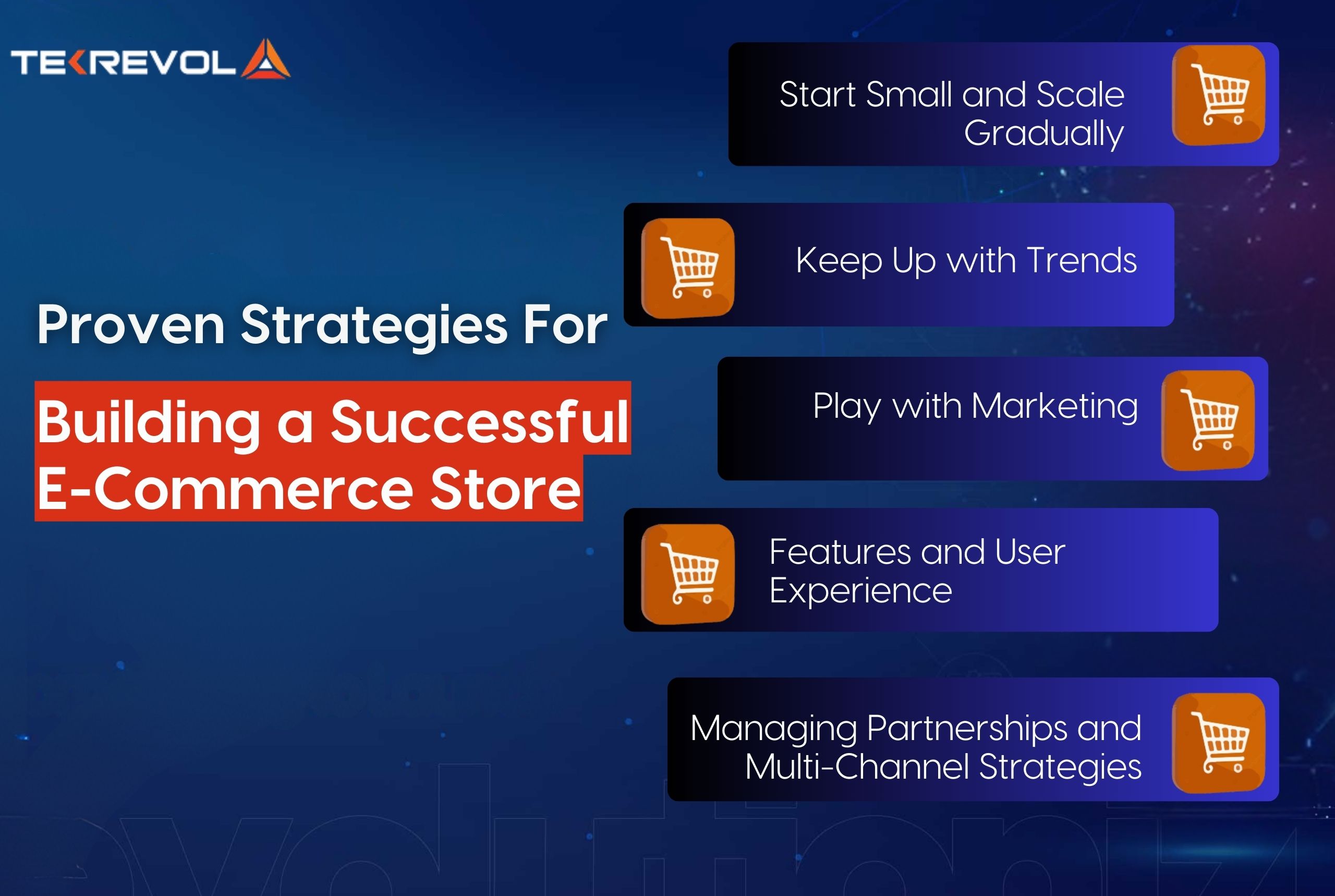
To create a successful e-commerce business, you need an equal amount of creativity, smart strategies, and perseverance. The road is only tough; the rewards are worth whatever it takes to accomplish them. Here are a few tips with examples that would help you out with the startup process:
1. Start Small and Scale Gradually
Starting smaller allows you to test the market without major financial commitment. In this way, you minimize risk while being able to refine your product offerings the more you learn about your customers.
Example: If you make jewelry, do not be under pressure to launch with a huge collection. Start small by producing just a few of your bestsellers. Get yourself an Instagram account and post good pictures to see if there is any reaction from your target audience. Based on the response and engagement, scale up your inventory and marketing efforts.
2. Keep Up with Trends
Trends establish a connection between your business and its audience, hence keeping your business relevant and maximizing your visibility in a highly competitive landscape.
Example: Due to the rise of social commerce in 2023, platforms including Instagram and TikTok became must-haves for businesses. If you plan to sell fashion items, implementing TikTok trends into your Instagram posting and collaborating with influencers could pull huge traffic to your online store.
3. Play with Marketing
It’s useful for driving traffic into your store. Try experimenting with different methods of A-B testing, especially in some platforms such as Google ads. It encourages you to try various methods for very little upfront cost so that you can fine-tune your marketing plan before rolling out bigger campaigns.
Example: When starting your e-commerce store, you do not have to spend all the money on a huge campaign. Instead, temporarily consider a small Google Ads campaign towards a niche audience and use A/B testing to measure which ad copy had the best performance. When you discover what it is, increase your budget for enhanced results.
4. Managing Partnerships and Multi-Channel Strategies
D2C is effective and thus needs the brand to be scattered across as many platforms as possible for better visibility. Some of the very established platforms, like Amazon and Etsy, can provide you vast access to audience exposure.
Most importantly, it may team up with influencers or affiliate marketers, or it may even be covered in those top-tier publications to raise your profile and attract customers from a new demographic.
Example: Selling handmade candles? Try printing your candles with an Etsy backend. Share them with an influencer who feels just as deeply about sustainability as you do. Consider getting featured in a lifestyle magazine or securing a blog post on an eco-friendly website.
Build Your E-commerce Website with TekRevol
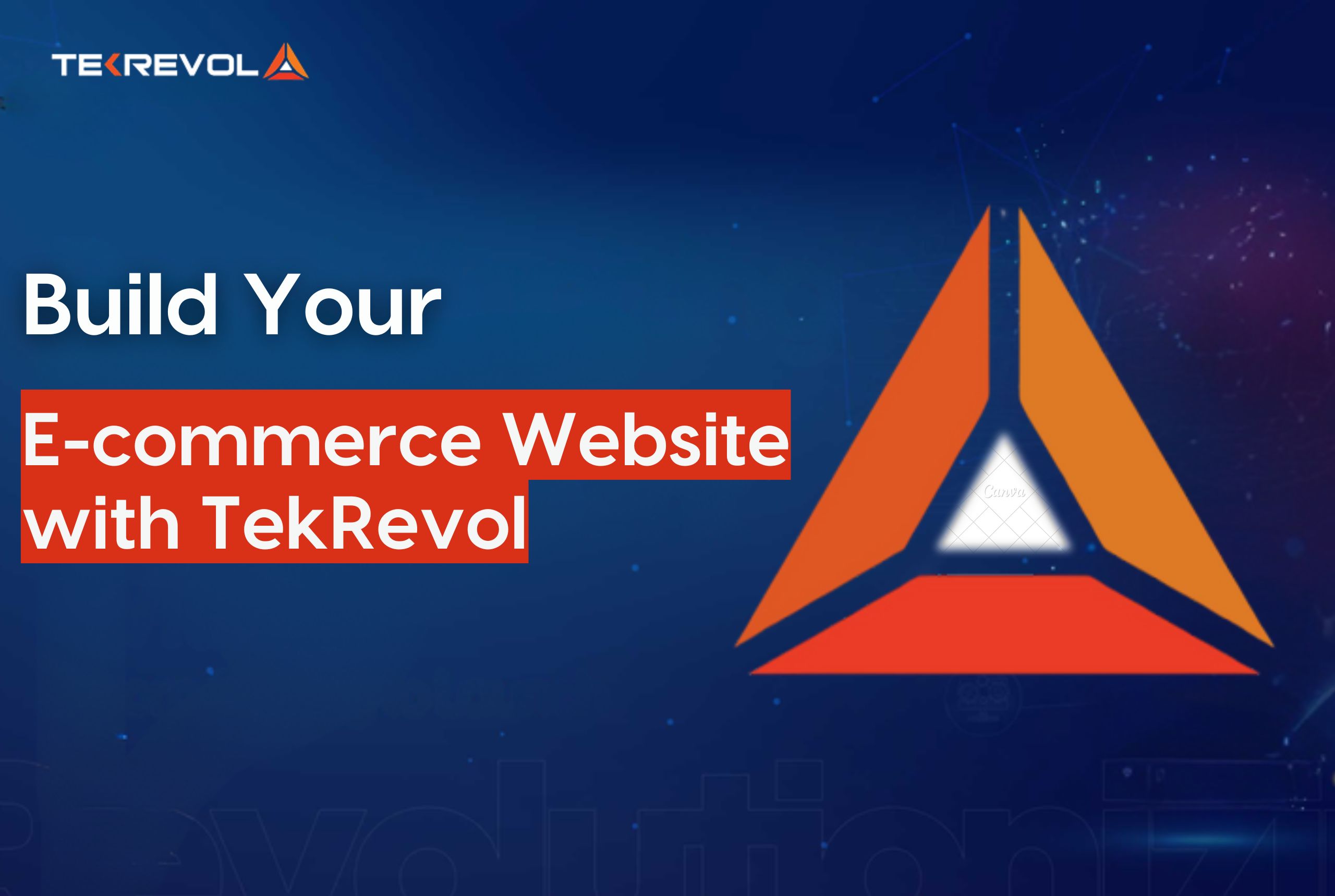
Building your own successful e-commerce business is exciting and challenging. Hopefully, this e-commerce business guide provides you with a roadmap for your journey. However, to turn your vision into reality, it’s crucial to partner with a trusted e-commerce development company.
At Tekrevol, we are a team of experienced digital strategists, website designers, developers, branding specialists, and senior-level consultants. We are dedicated to helping you build a robust, user-friendly e-commerce platform that aligns with your business goals.
From custom website development to marketing strategies, we’ll guide you every step of the way to ensure your business thrives in the digital world.
- Looking to launch your e-commerce store?
- We help you launch, scale, and grow your online store with expert guidance.

 50 Views
50 Views April 11, 2025
April 11, 2025